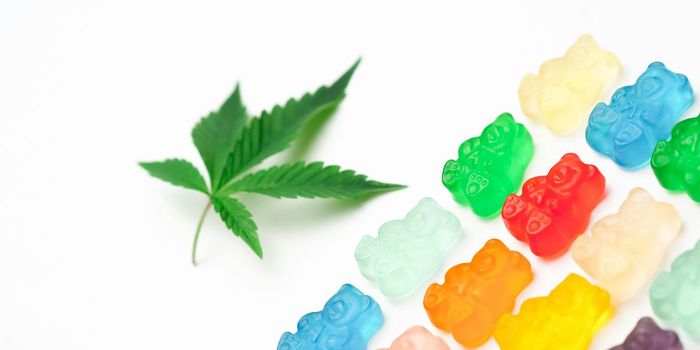All Known Sea Turtle Species Have Ingested Microplastics
The world’s oceans are undergoing a pollution crisis the likes of which we’ve never seen before, and the unsuspecting victims of said crisis are the various forms of innocent wildlife that inhabit them.
While researchers have observed microplastics and plastic fibers in a bevy of different marine-centric species that call the Earth’s many oceans their home, new research published this week in the journal Global Change Biology highlights how sea turtles are perhaps the hardest-hit of them all.
Image Credit: Pixabay
A team of researchers from the University of Exeter and Plymouth Marine Laboratory, in collaboration with the Greenpeace Research Laboratories, analyzed the gut contents of 102 deceased sea turtles from all seven known species groups from three of the world’s oceans. Alarmingly, every one of those examined was found to have microplastics hiding away in its gut.
The types of microplastics found in the turtles’ guts varied from one to the next, but one thing they all had in common was the presence of synthetic particles, such as what make up the fibers of cigarette filters, clothing, rope, tires, and fishing nets, among other things.
"The effect of these particles on turtles is unknown," explained Dr. Emily Duncan, the study’s lead author. "Their small size means they can pass through the gut without causing a blockage, as is frequently reported with larger plastic fragments."
"However, future work should focus on whether microplastics may be affecting aquatic organisms more subtly," Dr. Duncan added. "For example, they may possibly carry contaminants, bacteria or viruses, or they may affect the turtle at a cellular or subcellular level. This requires further investigation."
Related: Study finds all sorts of garbage in seagulls' stomachs
As it would seem, the researchers found more than 800 synthetic particles in their relatively small sample set, but the necropsies only analyzed certain parts of the sea turtles’ guts. Given how much of the gut the researchers didn't investigate, they estimate that the synthetic particle presence could be up to 20 times higher than meets the eye.
As for how all this microplastic gets into the guts of all these sea turtles, many wild animals mistake bits of plastic for food when they happen upon it because it retains oceanic odors reminiscent of fish. Experts also note how smaller prey can ingest microplastics, passing it on to the larger creatures in the food chain that swallow the prey whole.
The study brings attention to two significant problems: 1) that all seven of the world’s sea turtle species have seen massive exposure to microplastic ingestion, and 2) that we need to do a better job of managing ocean waste if we expect marine animal conservation efforts to work effectively.
Related: Another whale dies from swallowing plastic bags
Given just how much wildlife is being impacted by our irresponsible ocean waste management, we can only hope that someone will step up to the plate and ramp up cleanup efforts.









